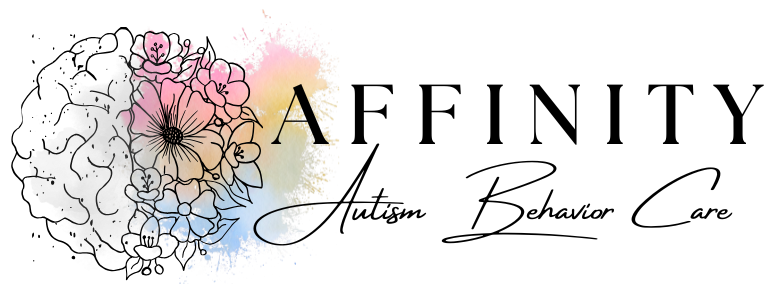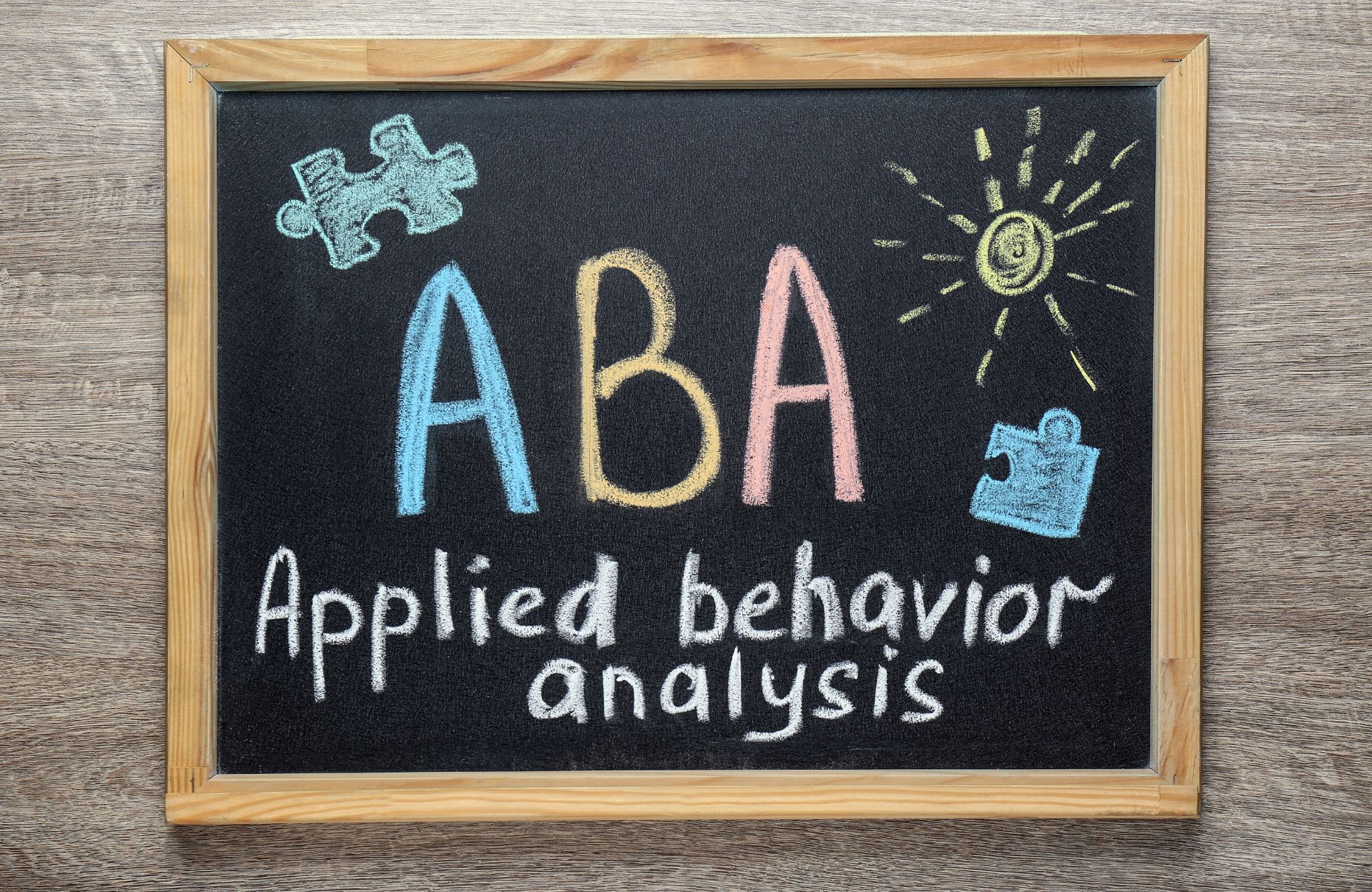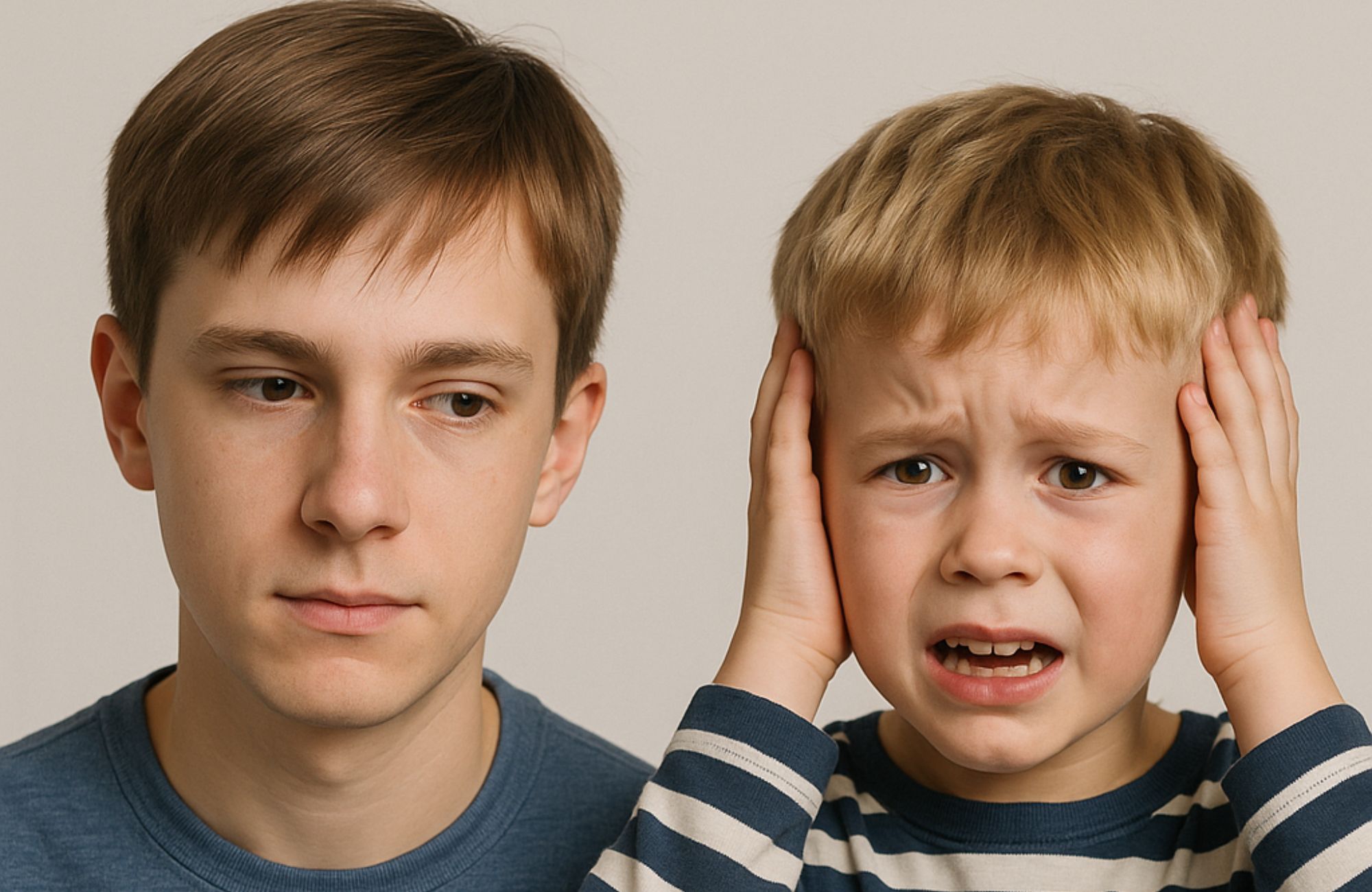How Long Does ABA Therapy Last? Essential Timeline Guide
If you’re considering applied behavior analysis (ABA) for your child with autism spectrum disorder, one of your most pressing questions is “How long does ABA therapy last?” This question weighs heavily on parents who want to support their child’s progress while also planning for the future.
While there’s no one-size-fits-all answer, we can provide insights into typical timelines, factors that influence duration, and signs that indicate readiness to stop ABA therapy. Understanding these elements will help you set realistic goals for your child’s treatment journey.
Understanding Typical ABA Therapy Timelines
When parents first explore ABA therapy programs, they often want concrete timeframes to help plan their family’s future.
Average Duration Expectations
Research indicates that most children participate in ABA therapy sessions for approximately 3-5 years. However, this timeframe can vary significantly based on several factors, including the child’s age at autism diagnosis, the severity of autism symptoms, and individual learning pace. Early intervention, particularly before age 5, often correlates with shorter overall therapy duration.
During active treatment, therapy hours typically range from 10-40 hours per week. Children with more significant support needs may begin with intensive treatment of 25-40 hours weekly, while those with milder symptoms might start with 10-25 hours. According to research, children receiving early intensive behavioral intervention for at least 25 hours weekly showed greater improvements in cognitive and adaptive functioning.
These hours are not static throughout the therapy journey, they often decrease gradually as the child develops new skills and meets established goals.
The Phases of ABA Therapy
Understanding the typical phases can help visualize the process:
Initial Assessment and Goal Setting Phase (1-2 months): This critical first step involves comprehensive evaluation by a Board Certified Behavior Analyst (BCBA). They assess your child’s current skills, identify areas for development, and collaborate with you to establish realistic goals.
Intensive Intervention Phase (1-3 years): This represents the core of treatment, where your child works directly with an ABA therapist to develop new skills, reduce problem behaviors, and build foundations for independence. During this phase, therapy is typically most intensive, often with full-time ABA therapy ranging from 20-40 hours weekly.
Maintenance and Generalization Phase (6-18 months): As your child masters skills in structured therapy settings, the focus shifts to ensuring these skills transfer to new environments like home, school, and community settings. Hours may begin to decrease during this phase, typically to 10-25 hours weekly.
Transition Phase (3-6 months): The final stage focuses on the gradual reduction of therapy hours while monitoring continued progress. This phase ensures your child maintains skills and continues to develop independence with reduced support.
Factors That Influence ABA Therapy Duration
The individualized nature of ABA means that numerous factors influence how long your child will need services.
Individual Child Characteristics in Autism Spectrum Disorder
The unique profile of your child significantly impacts therapy duration. Age at intervention is particularly influential, research consistently shows that children who begin therapy before age 5 often make faster progress. Research consistently shows that children who start ABA therapy before age 5 often make faster progress.
The severity of autism symptoms also plays a significant role. Children with milder symptoms and stronger initial communication skills may progress more quickly through therapy goals. Additionally, learning style matters, some children naturally apply skills across different settings more easily than others.
Other factors like coexisting conditions can extend therapy duration as these present additional challenges that need to be addressed within the treatment plan.
Therapy Goals and Focus Areas
The nature and complexity of targeted skills directly impact therapy duration. Monitoring a child’s progress is crucial for adjusting treatment plans and can significantly impact the length of therapy. Communication development varies widely, children who begin therapy with some verbal abilities typically develop functional communication more quickly than those who start with minimal communication.
Social skills acquisition follows similar patterns, with basic skills developing more quickly than complex skills like perspective-taking and conversation. Behavioral regulation, particularly for children with significant maladaptive behaviors, can add considerable time to therapy duration.
Independence and life skills development become increasingly important as children grow. These comprehensive skill sets, ranging from basic self-care to complex community navigation, often necessitate continued therapy support even as other goals are achieved.
Environmental and Support Factors
The environment surrounding your child can significantly impact therapy duration. Family involvement consistently emerges as one of the strongest predictors of positive outcomes. Parents who actively learn and implement ABA techniques at home often see faster progress and better skill generalization.
School support and integration with educational programming also influence timelines. Children whose classroom setting reinforces ABA principles typically progress more quickly. Effective collaboration between providers and educational teams ensures consistent approaches across settings.
Community resources, including access to supplementary therapies like speech and occupational therapy, can enhance progress and potentially reduce overall ABA therapy duration.
Signs Your Child Is Ready for Reduced Hours or Graduation
Determining when to end ABA therapy represents one of the most significant decisions in the journey. This decision should be guided by specific progress indicators rather than time alone.
Measurable Progress Indicators
Several concrete signs suggest readiness for reduced therapy intensity:
Consistent goal achievement across multiple domains indicates steady progress. When objectives are consistently met over several months, this signals readiness to adjust the approach.
Skill maintenance without direct support is crucial. When your child demonstrates target behaviors without therapist prompting for several weeks, these skills have likely become naturally integrated.
Generalization across environments shows that skills learned in therapy have transferred to real-life situations at home, school, and community settings with different people.
Independence in targeted skill areas provides the clearest readiness indication. When your child navigates previously challenging situations with minimal assistance, they’ve developed the self-sufficiency that therapy aims to build.
The Step Down Approach
Transitioning from intensive ABA therapy should be viewed as a gradual process rather than an abrupt change:
Gradual reduction strategies involve decreasing therapy by 15-25% of total hours every 8-12 weeks while monitoring progress and building independence.
Monitoring during reductions ensures continued progress and skill maintenance through ongoing data collection on key behaviors.
School integration gradually replaces therapy hours with educational environments, often shifting support to the classroom setting.
Data-based decision-making ensures therapy reductions are based on objective measurements of progress rather than arbitrary time milestones.
Life After Intensive Therapy: What to Expect
As your child transitions away from intensive therapy, it’s natural to wonder what comes next.
Continued Support Options
Complete discontinuation of all support is rarely recommended. Instead, most children benefit from some form of continued support:
Maintenance sessions often continue at a reduced frequency (typically 1-4 hours weekly) following intensive treatment. These sessions focus on monitoring skill maintenance and addressing any emerging challenges.
School-based interventions become increasingly important as therapy hours decrease. Special education services, classroom accommodations, and behavior support plans can provide the structure needed to maintain progress in educational settings.
Parent training often transitions from direct therapy to a consultative model. Regular meetings with your BCBA provide opportunities to address emerging challenges and adjust home-based strategies.
Complementary therapies such as speech therapy, occupational therapy, or social skills groups often continue even after intensive ABA ends. These specialized interventions address specific developmental needs while building on foundational skills.
Preparing for Transitions
Successful transitions require thoughtful planning:
Creating transition plans should begin 3-6 months before significant therapy reductions. These written plans outline specific steps, timelines, and responsibilities for all involved parents, therapists, educators, and other care providers.
Building independent skill use becomes increasingly important as support decreases. In the months preceding therapy reduction, the focus often shifts to self-management, problem-solving, and independent functioning.
Establishing support networks ensures your family has resources available after intensive therapy ends. These networks might include parent support groups, community resources, and relationships with key professionals.
How We Approach Therapy Duration Decisions
Our comprehensive approach to therapy duration decisions prioritizes individual needs while providing structure and support.
Our collaborative, family-centered approach places you at the center of all decision-making. Regular family meetings provide structured opportunities to review your child’s progress, adjust goals, and discuss therapy timelines.
Our data-driven progress monitoring systems ensure that decisions about therapy duration are based on objective information rather than subjective impressions. We track not only whether skills are acquired but also how they generalize across settings and maintain over time.
Our partnerships with school and community organizations create seamless transitions between intensive therapy and natural environments. We begin coordination with your child’s school team early in the therapy process, gradually shifting support to school environments as appropriate.
Our focus on meaningful, functional outcomes guides all therapy decisions. We prioritize skills that directly improve quality of life and independence rather than focusing solely on discrete behaviors. This approach often results in more efficient therapy that addresses the most impactful areas first.
Conclusion
Understanding how long will ABA therapy in Albuquerque last requires recognizing that each child’s journey through autism therapy is unique, with typical durations ranging from 3 to 5 years influenced by how the child attends ABA therapy, individual characteristics, treatment approaches, and family involvement, but rather than focusing solely on time frames, the most effective approach centers on measurable progress toward meaningful goals that enhance your child’s independence and quality of life.
For families navigating challenging behaviors with a child, Affinity ABC is a team of experienced behavior analysts who can help design interventions that respect your child’s individual needs while effectively addressing behavioral concerns. Contact us today for a personalized consultation to develop a therapy approach that maximizes progress while respecting your child’s development path.
FAQs
How do you know when to stop ABA therapy?
The decision to stop ABA therapy should be based on consistent skill demonstration with minimal prompting across multiple environments. Look for independent use of self-management strategies and maintenance of positive behaviors for at least 3-6 months. Data should show that learning continues steadily even as support is reduced.
What is the duration of ABA therapy?
Most children participate in ABA therapy for approximately 3-5 years, with weekly intensity ranging from 10-40 hours based on individual needs. Early intervention typically correlates with shorter overall therapy duration, while symptom severity and family involvement significantly impact the timeline.
What is the success rate of ABA therapy?
Research shows that 85-90% of children receiving comprehensive ABA therapy demonstrate meaningful improvement in targeted skills and reduced challenging behaviors. Success rates peak when therapy starts early follows evidence-based protocols, maintains appropriate intensity, and includes active family participation across environments.
Can you age out of ABA therapy?
There is no specific age limit for ABA therapy, as effectiveness depends on individual needs rather than chronological age. Adolescents and adults can still benefit substantially from programs designed for age-appropriate skills and independence. Insurance coverage may have age restrictions that vary by provider and state regulations.









